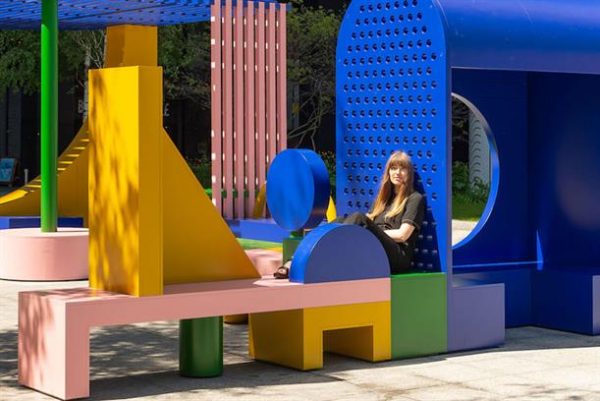
In the aftermath of 9/11, we saw unparalleled popularity for art and culture that pitted good triumphing over evil. Franchises such as Harry Potter and The Lord of the Rings dominated the box office as audiences flocked to see pure of heart protagonists come together to defeat an unfathomable and faceless evil. The impact of an event that was as unifying and horrific as 9/11 shaped culture and how it was consumed for years to come and could be seen as a foretaste of what culture might offer in a post-pandemic world.
This concept of hope and unity that followed 9/11 was reflected in TV spots and commercials, especially around the festive period that followed, with brands focusing on recognisable talent coming together to generate joy and hope. New York City’s “New York Miracle” series, for example, saw famous New Yorkers appear in various heart-warming and funny scenarios, and Gap’s “Give” campaign had Seal, Alanis Morissette and others come together to sing Give a Little Bit direct to camera.
Years later, at the start of another seismic global event, a parallel could be drawn with Gal Gadot’s notorious effort to try and bring hope through a cringe-inducing rendition of Imagine created. But instead of generating joy, it highlighted the disparity between the lockdown have and have-nots. Conversely, John Krasinski self-produced a highly successful homemade web-series, Some Good News, dedicated to anecdotal good news. And with over 100-million views, unknown Nathan Apodaca aka 420doggface208 created a dose of lockdown escapism as he filmed himself lip-syncing to Fleetwood Mac’s Dreams while sipping Ocean Spray.
Now we are further down the road, how will culture and behaviours continue to evolve? According to Variety, Hollywood has woken up to the fact that post-pandemic audiences are craving feel-good stories. From Empire Magazine to Marie Claire, a quick online search reveals endless “feel-good movies” lists. What’s more, in May 2021, Paddington 2 overtook Citizen Kane as officially the greatest film ever made (according to Rotten Tomatoes). Another win for joyful storytelling.
On the small screen, meanwhile, Schitt’s Creek cut through from humble beginnings to global success. A show that never shied away from positive outcomes and creating an almost hyper-inclusive world, it was a shining beacon not only for the LGBT+ community but also for anyone wanting to see wholesome, smile-inducing entertainment.
In fact, this trend can be seen in most of today’s watercooler TV successes: period-drama-romance-comedy Bridgerton, musicals like Hamilton on Disney+, and feel-good movies like sci-fi rom-com Palm Springs. Apple TV+’s workplace comedy Mythic Quest: Raven’s Banquet has resulted in an even more uplifting season two – further showing audiences’ desire for warm-hearted distractions.
Looking at this trend through the lens of brand experience and storytelling, it becomes clear that whatever we create in the foreseeable future needs to bring elements of optimism, escapism and joy to audiences. Feel-good short-form content was an effective distraction and entertainer throughout lockdown, but audiences are now ready for the return of longer-form entertainment and in-depth joyful experiences.
In the online space, Pinterest recently published its transparency report, revealing their intention to “keep Pinterest a more positive and inspiring place online”. And in the physical world, artist Yinka Llori created an ultra-colourful, joy-inducing basketball court in Canary Wharf, while fellow artist Emily Forgot created a jumbo-sized “Bricolage” seating space for workers at Principal Place to evoke the feeling of being a kid again (main image).

Not only do these examples show how artists and galleries are reopening with “uplifting art” that focuses on bright, immersive experiences to help art lovers transition back to IRL exhibits; they also encapsulate how smart brands and creators are looking to inject positivity and happiness back into people’s day-to-day lives.
So as content and experiences welcome audiences back into an ever-changing landscape, we shouldn’t look to implement a “pursuit of happiness” for all approach. Instead, we should cause joy through entertaining distractions, uplifting escapism and inspiring immersion wherever we can. Brands can’t tell people how to be happy, but they can create happiness through the storytelling and experiences they produce.
Alex Wilson is head of content at Amplify
Image: Emily Forgot’s Bricolage at Principal Place









